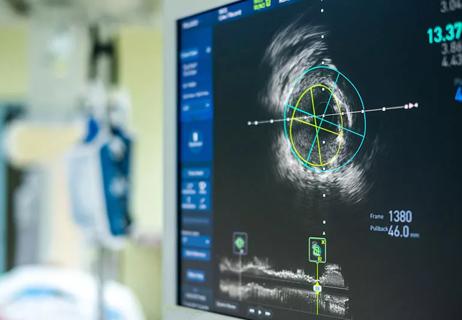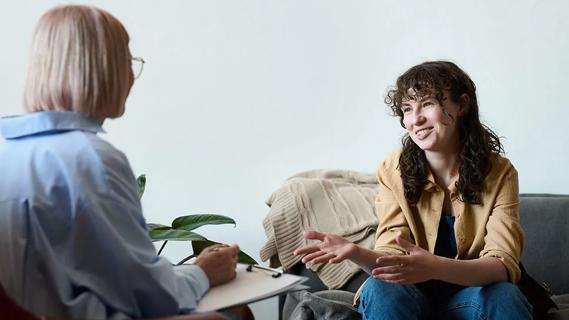Plus, 3 screen time recommendations to protect your children

Saving the environment since 1962, the future is now for LED lights. Energy-efficient and cost-effective: What’s not to love?
Advertisement
Cleveland Clinic is a non-profit academic medical center. Advertising on our site helps support our mission. We do not endorse non-Cleveland Clinic products or services. Policy
Well, according to recent studies: plenty. There’s growing concern that the blue light they emit may be damaging our eyes and health. Ophthalmologist Rishi Singh, MD, shines a light on this issue.
LEDs, or light-emitting diodes, are like Amazon: They’re everywhere. LEDs have fast become the go-to lighting for both businesses and homes. The Department of Energy estimates they will represent nearly half of all lumen-hour sales by 2020 (lumens are a measure of emitted light).
It’s no wonder. From cellphones to TVs to computer screens, LED lights allow us to see the apples of our eyes — technology.
But here’s where Thomas Edison may be rolling over in his grave: LEDs produce short-wave, high-energy blue light, which has been linked to biological and sleep disturbances.
It is also associated with blue light hazard — when an intense light source causes damage to the retina. The retina is the part of the eye that changes light into impulses that become the images we see.
Scientists from the U.S. and Europe warn that LED lights could be doing more harm than good:
Advertisement
But before you throw out all of your electronic devices (ha, yeah right!), Dr. Singh says the jury is still out. “Thus far, there is no true, strong study to show either way that it is harmful or beneficial,” explains Dr. Singh. “We haven’t had a marker of structural damage to the retina from these lighting technologies. So right now, we can’t recommend that people stop using them.”
Despite the stalemate, Dr. Singh says it’s still important for parents to take screen time precautions with their kids. One reason is that children’s eyes don’t filter blue light as well as adults’ eyes do.
“There’s always a concern about children’s screen exposure,” notes Dr. Singh. “The younger the generation, the more exposure they have to screens and blue light from these LED-backlit devices. They’re getting far more exposure to this than we did in the past.”
Some screen time risks include:
Dr. Singh recommends following the American Academy of Ophthalmology’s screen time tips, including:
Advertisement
Learn more about our editorial process.
Advertisement

Most recommended precautions center around minimizing bruising or swelling

Even one drink can have an impact on your cognitive function leading to slurred speech, blurred vision and impaired memory

Understand who may (and may not) benefit

Lorem ipsum dolor sit amet. Et odio Quis vel ipsam omnis eum alias deleniti et placeat impedit non voluptas galisum hic autem enim et cupiditate aliquid. Est beatae quidem non facilis autem ut commodi nisi aut tempore rerum et dolores voluptatem cum enim optio id sapiente quasi. Ad laboriosam officiis 33 cupiditate sequi ea voluptatum consectetur qui necessitatibus voluptate et quasi doloremque et facere explicabo quo explicabo officia

Seeking help through therapy can be an important step in improving your quality of life when you have UC

Type 2 diabetes isn’t inevitable with these dietary changes

Applying a hot or cold compress can help with pain